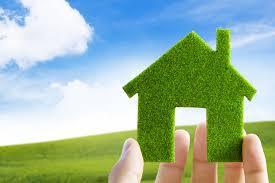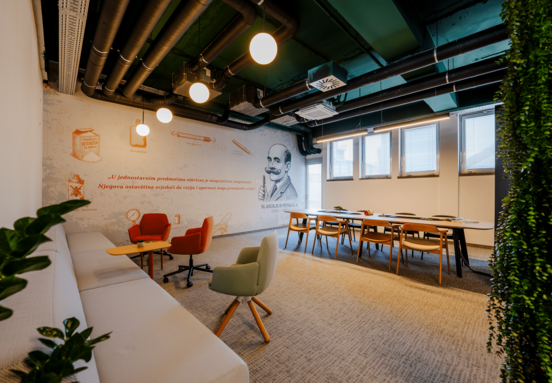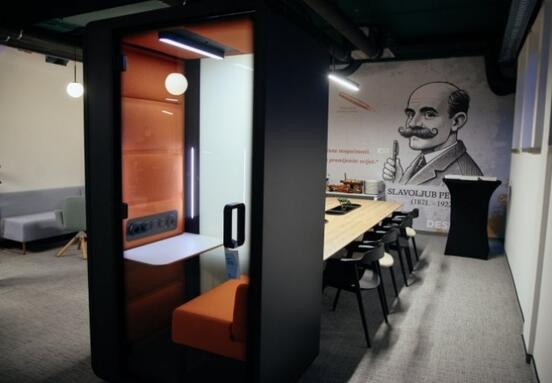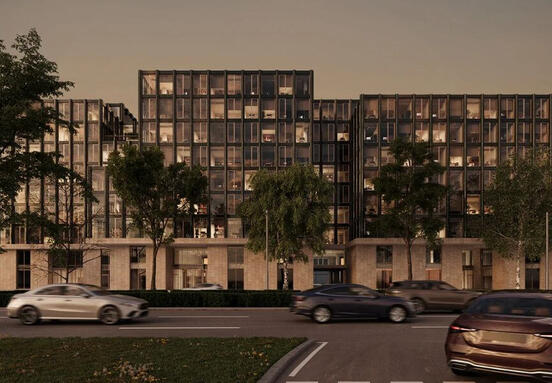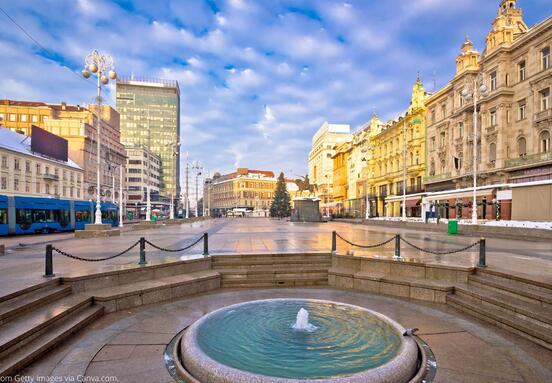The average price of sought-after apartments in Zagreb is currently around 2,120 euros per square meter, and houses 1,333 euros. The Split square meter apartment is for sale for 2980 euros, and the house for 3040 euros. In Dubrovnik, they are asking an average of 3,780 euros per square meter for an apartment, and 4,080 euros for a house. In Zadar, the required squares are 2,240 euros for an apartment and 1,565 for a house, in Pula a square meter of an apartment is 1,740 euros, and a house is 1,580 euros. In Osijek, the asking price was 1,066 euros for a square meter of an apartment and 723 euros for a house.
Less daily rent In March, on the eve of quarantine, asking prices were just a few euros up or down. Recently, Croatia has been leading the way in jumping real estate prices in its capital by about 15 percent annually. There is no price boom in settlements in the continental part of the country, and there are mostly no buyers. After the spring stagnation in sales, the real estate market is on the rise again, especially in the capital, but also in popular locations by the sea, and two thirds of all purchase and sale transactions in the country are contracted in Zagreb and the coast. According to the largest real estate advertisement Njuškalo, there are currently about 167 thousand properties for sale, including about 140 thousand residential properties. The owner of the Zagreb real estate agency, Peđa Kovačević, says that the intensity of work is almost identical to the pre-Korona period. Due to the return of students and the beginning of the new student year, September is a golden age for those who mediate in renting apartments.
The offer of apartments for rent is higher than usual because part of the owners decided to switch from a stagnant daily to a longer-term tenancy. Kovacevic says that the prices of sublet apartments have fallen slightly compared to the period before the crown. When it comes to sales, new apartments are mostly looted, and older ones are also passing. For example, about sixty square meters of a renovated apartment in a renovated residential building in Utrina were sold for 110 thousand euros. - The rise in residential real estate prices in the past period was primarily caused by strong demand. In addition to historically low interest rates on housing loans, among the factors that contributed to strengthening demand were favorable labor market trends and positive consumer expectations about the profitability of real estate investments, which marked the period until early 2020, and the state program to subsidize housing loans. central bank analysts argue in their regular financial stability analysis. Going into debt and failing The prices of new apartments are rising also because the supply of new residential real estate has been relatively slow to adjust to increased demand.
- The reason for the reduced capacity of the construction sector to respond more efficiently to market developments lies in part in the strong shock that the sector suffered during the previous crisis. High over-indebtedness has significantly hampered the operations of construction companies, many of which have since gone bankrupt - according to the CNB. The adjustment of the offer was slowed down by the lack of labor because part of the cross-border workers who were employed in this sector left the country, and after Croatia's entry into the EU, part of the domestic workers did the same, according to the central bank.
Source: Večernji list
